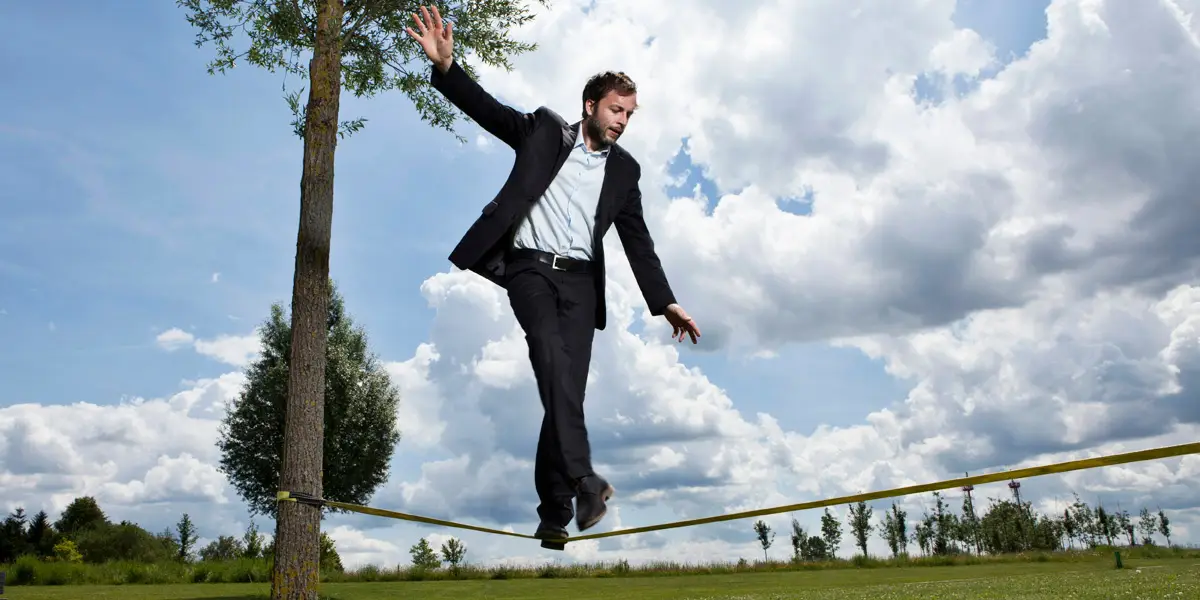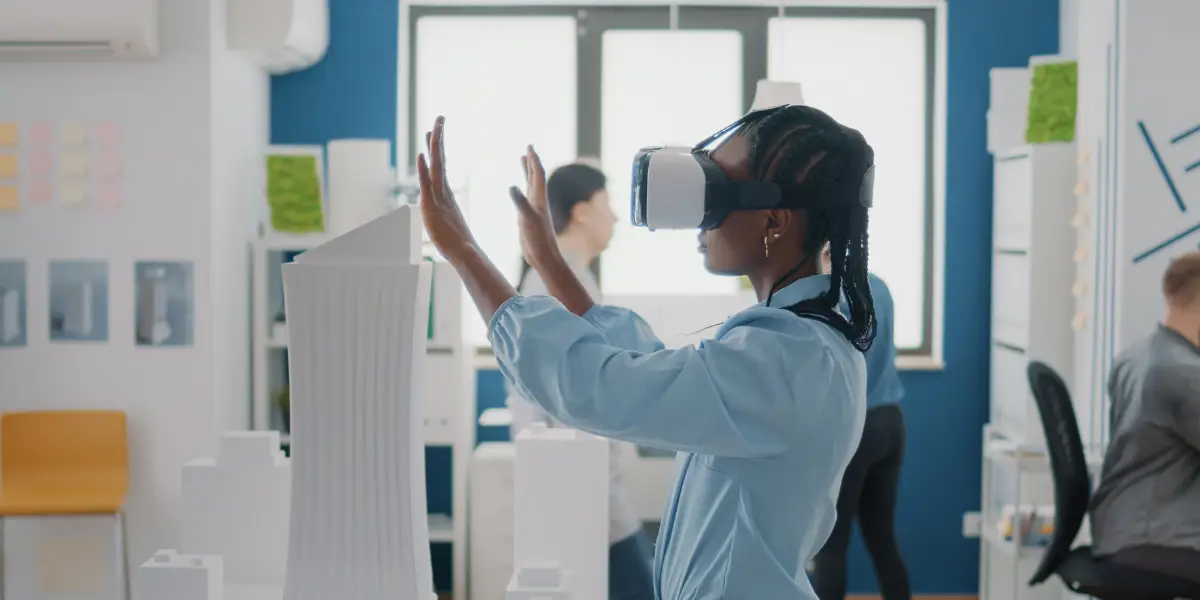Chances are, you fall into one of two groups: either you’ve tried a Starbucks drink at least once, or you’ve been curious enough to see what all the buzz is about. The brand’s popularity is undeniable Starbucks has built a global appeal that goes beyond its beverages and extends to its people. So, what lessons can other companies learn from Starbucks’ culture of teamwork?
At Starbucks, ordering a drink is about much more than the beverage itself it’s about the experience. Customers are drawn to the atmosphere and leave impressed by a work culture that feels both distinctive and enjoyable. Of course, a company of Starbucks’ stature didn’t reach this level of prestige by accident. Over the years, it has implemented a range of practices designed to elevate both customer satisfaction and employee excellence.
While Starbucks’ policies touch on many areas, those centered on valuing employees and fostering teamwork truly stand out. These practices not only drive the company’s success but also provide powerful lessons for other organizations looking to boost their performance and results.
Partnership
To start, Starbucks always refers to their employees as “partners”, this practice reinforces how every single person represents more than just regular workers and it doesn’t matter if they’re on corporate or store jobs. This simple detail can boost employee’s morale inside the company and provide that feeling of protagonist and impact on the success: “I don’t just work there, I’m part of the business”.
But it’s not just the company that views employees as partners, coworkers also have this culture and they’re really invested in the mission of being there for each other. This feeling of partnership is key in the process of reinforcing teamwork, since “partners” begin to view collaboration as the best path for success. The accomplishments are best when the efforts are shared.
So, lesson number one from Starbucks teamwork efforts: it’s not particularly necessary to come up with nicknames for your employees, but implementing a culture that expresses their importance and the equality of protagonism is definitely a great approach to encourage collaboration inside your team.
To understand more about the partnership culture at Starbucks, you can watch this video about what it is like to be a Starbucks partner:
Another distinctive aspect of Starbucks is its strong commitment to being a workplace that genuinely cares for its employees. Team members referred to as partners say they are treated with dignity and respect, consistently encouraged, and given opportunities to grow. For them, each day presents a chance to face new challenges, gain knowledge, and develop both personally and professionally.
So, what lesson does this hold? When employees feel respected, valued, and heard, unhealthy competition has no place to grow. Instead, people can flourish in a fair environment that promotes collaboration. As shown in the video, Starbucks employees often describe one another as family and really, what stronger team can there be than family?
Community
Another great strategy from Starbucks is their involvement in community service: the company invests in programs designed to strengthen local economic and social development. This is how the initiative works: the company allows some of its employees to spend half of their workweek volunteering for a local nonprofit and still getting paid for their time. These programs usually last for about 6 months.
Starbucks partners are encouraged and even sponsored to volunteer with organizations and take part in charity events. These initiatives not only strengthen community ties but also bring employees together around a greater purpose, reinforcing their sense of teamwork and partnership. As one Seattle retailer explained, workers who feel connected and engaged in their communities are far more likely to remain with Starbucks long-term.
Behind these efforts is the Starbucks Global Social Impact team, which identifies compatible programs and manages the partnerships. The benefits are clear: stronger employee engagement, opportunities to develop new skills, and a framework that serves as a model for employer-led initiatives. It’s a program that not only enriches Starbucks’ culture but also holds potential to be scaled globally in collaboration with other corporate partners.
To see more about the Starbucks Community Programs you can visit this website here. They have a section dedicated to the matter and the first thing you’ll see is an institutional video exploring all about the experience and benefits of this inspiring initiative.
Diversity
The next lesson from Starbucks is to build the most diverse team possible. For them, teamwork and diversity walk side by side because the company wants a universal perspective. To show appreciation, Starbucks believes in inclusion and this is done by encouraging diverse conversations and thinking. The partners say that difference is celebrated because it boosts innovation.
For Starbucks, bringing different people together helps the business create innovative products and solutions. By having a more diverse workforce, they’re solving the needs of the larger community. Celebrating diversity is how Starbucks teamwork and collaboration thrive.
Speaking of diversity, Starbucks is also really supportive of accessibility. They are actively hiring individuals with disabilities and providing reasonable accommodations and assistive technologies to enable people for their jobs. They even have an official channel for partners to request assistance and more: the “Partner Networks” (also referred to as employee resource groups) who work to create an inclusive environment across Starbucks representing the broad spectrum of the partner’s backgrounds.
Take a look at what diversity means at Starbucks:
Another interesting initiative was when 75,000 Starbucks employees were shown this film about racial bias when the company held a nationwide session to kick off a curriculum on the subject. This way, the partners tend to not resent the company because they are being treated equally, which enables them to feel like a part of a team and makes them contribute evenly to any job or project.
Culture and values
Starbucks embraces an “Employee First” philosophy built on a simple yet powerful idea: while competitors can copy products, they can’t replicate the unique experience created by partners when serving customers. The company also understands that employees who feel valued are more likely to extend that same care to customers. And this culture of appreciation isn’t limited to store staff it extends to corporate employees as well, since they, too, are considered partners.
To keep all employees on the same page, Starbucks has an Employee Handbook that is constantly updated. In fact, this type of manual is very common for a lot of companies because they help with the onboarding and orientation of newcomers and older employees. Starbucks has a Handbook with a few guidelines that are extremely important for the business’s success. Here are some of them:
- Employee Motivation;
- Pay Structure;
- Employment Discrimination laws;
- Employee Performance review;
- Anti-Harassment guidance;
- Performance Management Process.
The complexity of these types of manuals helps to make sure that partners are fully aware of the company’s dynamic, this way, they can integrate and understand how the team behaves and how they’re expected to work.
Benefits and appreciation
When it comes to appreciating employees, Starbucks promotes “a special blend of employee benefits” and a work/life program that focuses on the physical, mental, emotional, and creative aspects of each person. The company is known for rewarding partners who achieve results and live its mission and values. Aside from that, it recognizes employees’ contributions at all levels of achievement through formal and informal programs.
One standout example of Starbucks’ employee programs is the “Bean Stock” reward, which gives partners the opportunity to share in the company’s financial success through stock ownership. Bradley Honeycutt, vice president of HR Services, explained that Starbucks launched this initiative in 1991 as a way to invest in its people and foster a sense of ownership across the company. According to her, this approach has been instrumental in retaining talent, building loyalty, and strengthening both teamwork and efficiency. It’s also one of the reasons why employees are proudly referred to as partners.
Another strong example of how Starbucks invests in its workforce is the “Starbucks College Achievement Plan.” Through this initiative, eligible partners can choose from over 100 undergraduate degree programs at Arizona State University’s online campus with Starbucks covering 100% of the tuition costs. A clear demonstration of how the company values growth and education for its employees.
Check out this institutional video that explains all about the University program and the partner’s success stories on this journey of education:
There are even videos where the partners themselves share how they managed to get a college education thanks to Starbucks and what are their thoughts about the program, like this one.
Talking about education, another Starbucks benefit is the “Tuition Reimbursement” where the company helps partners by subsidizing their tuition, books, and fees so that they can pursue advancement in professional development. The reimbursement can go up to $1000 a year when the partner checks a few boxes, such as: having a minimum of 6 months of continuous service and taking a course at an accredited educational institution towards a certificate, diploma, or degree program.
Programs like these can help prepare employees for higher positions and bigger accomplishments. Well-prepared partners can also boost their team’s performance because they’re constantly applying the acquired knowledge to their work. And another advantage is the fact that the support from an employer has the power to make someone feel considered and appreciated, this feeling is transformed into gratitude and it is shown in the employee’s dedication to the job.
Taking care of the partners
Following the health orientations during the pandemic, Starbucks implemented remote work for its corporate partners, and last year (2020), the company decided to extend its work-from-home policy for the Seattle Headquarters employees. This work mode is set to last until October 2021. But Starbucks affirmed that it envisions a more flexible workplace, maybe even a smaller one, for when the activities return to “normal”.
To help with this process of adaptation, Kevin Johnson, CEO, declared that the new layout will focus on emphasizing remote-working technologies and maybe include “hoteling features” that will make it possible for employees to reserve parking spots or spaces where they can work for the day. But, this decision is also based on a few other strategic factors… Johnson said to the partners that “This is more than a health and safety measure, but an intentional decision to help you manage your individual needs”.
It’s safe to say that this strategy intends to promote important new skills in the workers, especially self-management and productivity. This measure can also strengthen employees’ relationships since they have to improve their communication to not lose touch with each other and keep the business developing.
As long as we’re talking about taking care of employees’ health, Starbucks partners also are eligible for a universal benefits program that includes coverage from care plans and the possibility to select dental and vision plans. This helps to keep the partners in their best shape and condition, this way, they can give more and more dedication to the job. It’s a fact that a complete and healthy staff will always represent the strongest teamwork efforts.
Recognition
Starbucks has a mindset to make sure that a partner feels that their impact was seen. It even set some directions on how to do it:
- Timely: Delaying the recognition lessens the impact.
- Genuine: The recognition mustn’t feel forced or an obligation.
- Shared: Employees want their peers and leaders to know about their accomplishments. Seeing someone being recognized also inspires the observer!
- Frequent: Partners should be thanked or praised regularly, it’s important to not take them for granted.
These were just a few of many strategies that every business can learn from Starbucks Partnership Culture. But, if you thought the lessons were “too advanced” for your business at the moment, remember that it’s important to focus on the intentions behind every benefit, philosophy, or program because that’s where all the important concepts are. So, if you found them interesting, go ahead and adapt what you’ve learned to the reality of your business. You’ll definitely make some great changes!












